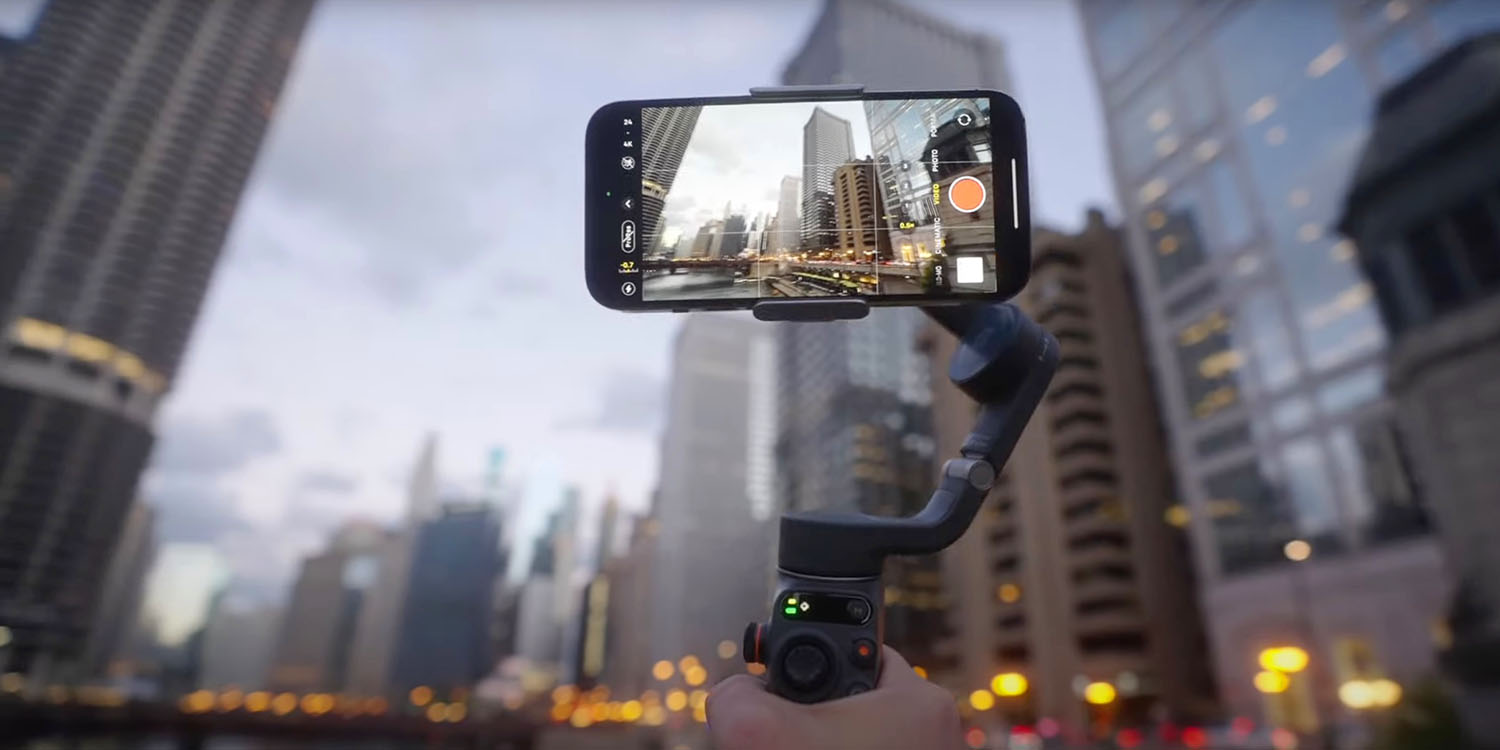
Filmmaker Joey Helms has produced a stunning example of cinematic iPhone 14 Pro videography, complete with a tutorial video on how you could do the same.
While Helms does use two add-ons, this is not your usual “technically shot on iPhone but using a complete film crew and tens of thousands of dollars worth of lighting and cinema kit” footage …
Instead, as he reveals in a much-requested follow-up tutorial video, he mostly used only a gimbal and a low-cost variable neutral density filter.
Of course, Helms is an incredibly skilled videographer and editor, and he admits that while the shoot may have been low on accessories, it was big on time. He said that his final cut typically uses 1% to 5% of the footage he shot, and I’m sure he spends a ton of time in the edit too – but it does show what can be done with enough talent and dedication.
The video is a 2m 15s tour of Chicago.
He initially said little about it.
Filmed in Chicago on the new iPhone 14 pro in both ProRes and Cinematic Mode. Edited in Final Cut Pro X and graded with Dehancer Pro.
But he asked viewers whether they wanted a tutorial video showing how it was shot and edited, and that got a resounding yes. That video is 15m 30s.
First up, he says it’s essential to lock both focus and exposure, so that neither changes during the clip. This is one of the biggest giveaways that someone is just shooting phone footage on auto. He also recommends under-exposing by two-thirds of a stop or a full stop, as the sensor tends to overexpose.
If you want to control shutter speed too (and you should), then you’ll need to use a third-party camera app to do so. Helms uses Filmic Pro, and shoots at 24fps. This is the cinema standard as it creates very natural-looking movement.
You’ll usually want to use what’s known as the 180-degree shutter angle rule, which is just a technical way of saying that at 24fps, you want a shutter speed of 1/48th of a second – with 1/50th of a second close enough.
Usually it will be too bright to shoot at this speed in daylight, so you’ll also need a variable ND filter to reduce the light as required. If you already have an ND filter for a dedicated camera, there are various ways to attach this to an iPhone; if you don’t, the simplest option is an inexpensive clip-on unit. This is the one Helms uses.
He uses the DJI Osmo Mobile 6 gimbal, alongside a larger one, but the latter is simply because he has it.
Helms shoots in ProRes, which he warns generates truly massive files. He does this to give him maximum flexibility for color grading in the edit.
He does make occasional use of a few other tools, discussed in the video, but the gimbal and variable ND filter are the key ones.
In the tutorial, Helms talks you through the sorts of shots he takes, including careful use of Cinematic mode. He then does the same for the edit, with particular attention to sound design. I know from my own much more limited experience that audio is at least as important as video, and sound design makes a massive difference. He also says he spends hours finding the right backing music.
Personally, I’m not sure whether I’m more inspired or intimidated by his footage! It does definitely show the potential of the kind of cinematic iPhone 14 footage you can create, but also sets an incredibly high bar. Let us know in the comments whether it inspires or deters …
FTC: We use income earning auto affiliate links. More.






Comments